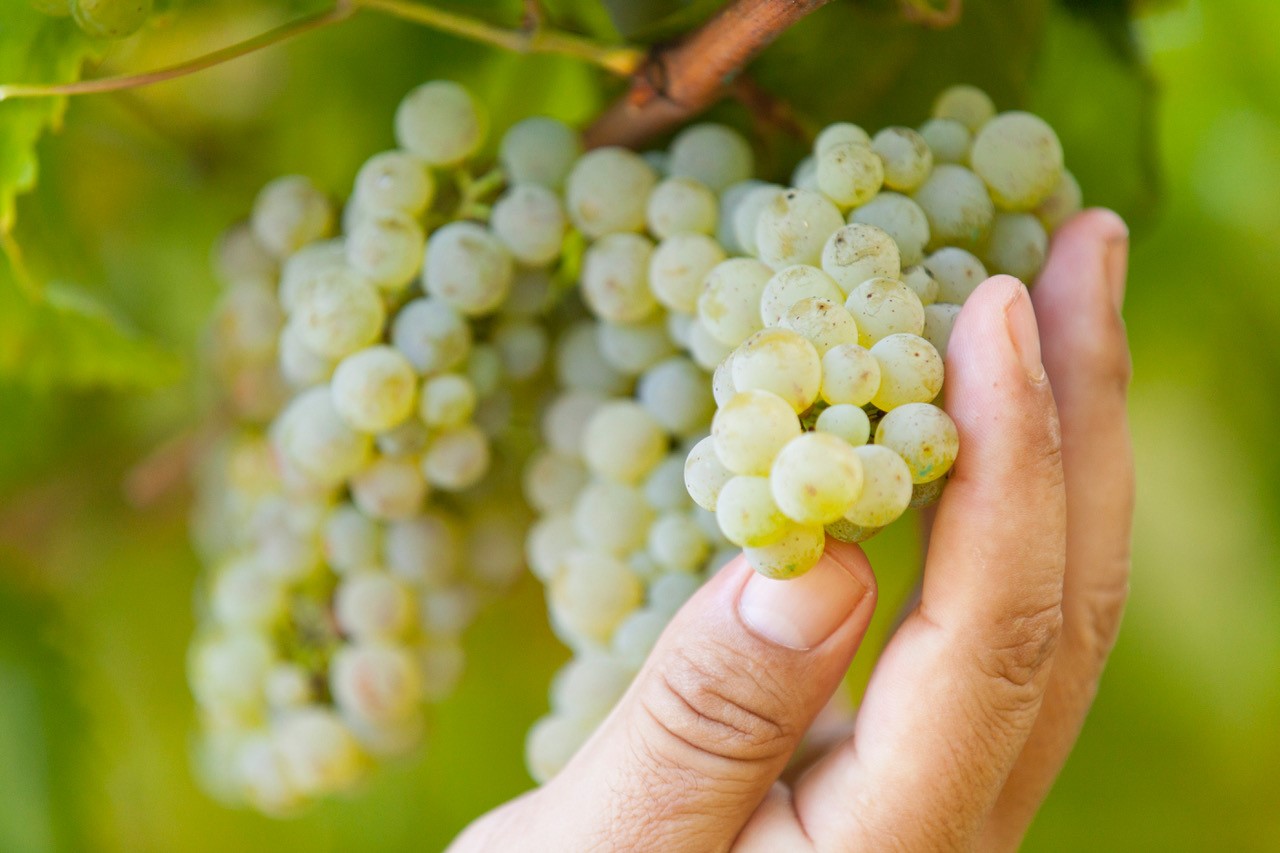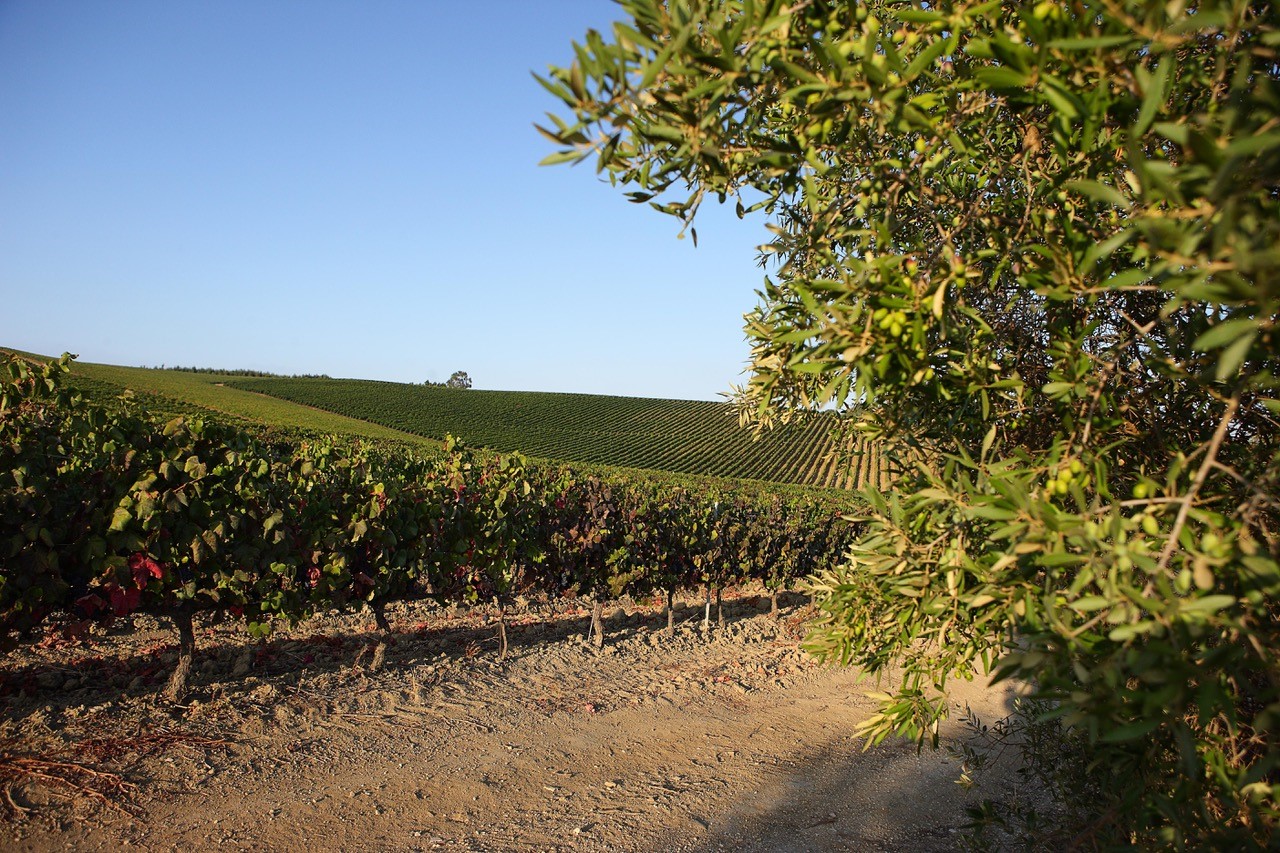The Iberian countries of Spain and Portugal are the spotlight of the 2018 Vancouver International Wine Festival (VIWF). While these featured nations share a border, they remain quite singular when it comes to wine. Granted, some grapes are grown in both countries, notably Spain’s tempranillo (tinta roriz and aragonês in Portugal) and albariño (known as alvarinho in Portugal), and they both dabble in international varieties such as cabernet, syrah, pinot noir, and chardonnay. Each country also makes fortified wines—Sherry being the darling of Southern Spain, while Port is Northern Portugal’s liege.
From February 24 to March 4, Wine Fest guests will be granted rare insights into these featured nations—their histories, their winemaking styles, and their varieties. Iberia’s appearance also gives us access to many of its winemakers, and to wines we in Canada don’t often (if ever) have the opportunity to taste.
Despite being underrepresented at this year’s VIWF, the following two regions—one Spanish, one Portuguese—are equally worthy of inclusion in our Iberian education.
Rías Baixas
Located in Galicia, on Spain’s Atlantic coast, Rías Baixas is home to outrageously good, and sadly underappreciated, white wines. Made mostly from albariño, these wines are aromatic and juicy with distinct mineral and saline characters, thanks to the region’s cool Atlantic influences.
Fresh, fruity, and floral define the style of Galicia’s albariños. But you’ll also find richer adaptations with tropical notes, and some with oak aging and lees stirring (to add weight and complexity), as well as charming sparkling versions.
A small area, Rías Baixas is home to only 181 wineries, yet nearly 5,800 minifundismo (small farmers) provide grapes from often-minuscule patches of vineyards. Rías Baixas shares a southern border with Portugal’s northern Vinho Verde (known for fresh, and sometimes effervescent, young albariños). The river Miño (Minho in Portuguese) divides the two regions.
Lisboa
Running north along the coast from Portugal’s capital of the same name, Lisboa (Lisbon) offers a varietal mélange, and is the largest wine-producing region by volume in the country.
With impactful cooling Atlantic influences, this area (which, until a decade ago, was called Estremadura) handles white and red wines admirably. Important indigenous Portuguese grapes (the country has more than 250) found in Lisboa are the white varieties of arinto and firnão pires, with the dominant red varieties being alicante bouschet, aragonez, castelão, and touriga nacional, among others.
A provocative selection of sparkling wines can be found throughout the region, and some historical appellations are recognized for the production of aguardente (brandy) and sweet wines. Lisboa also makes crisp and low-alcohol wines called vinho leve (light wine), which you’ll be forgiven for mistakenly assuming to be a Vinho Verde from the north.
Ready yourself; be prepared, ask questions, and discover. Vancouver’s annual oenophile festival invites us to swirl, sniff, and sip our way through dinners, seminars, lunches, and tastings—a backstage pass few other cities can boast.
Read more wine.











